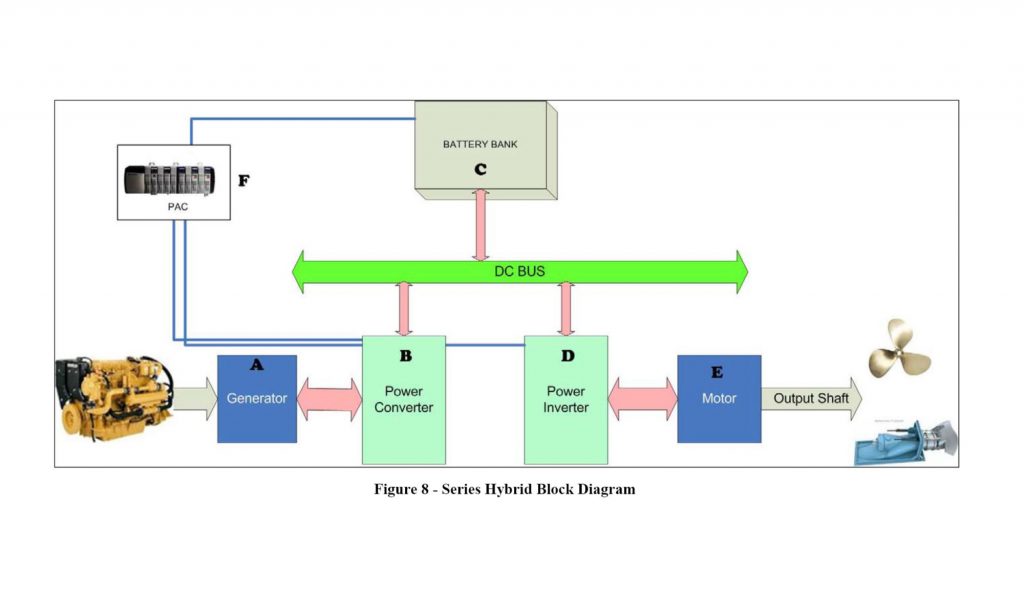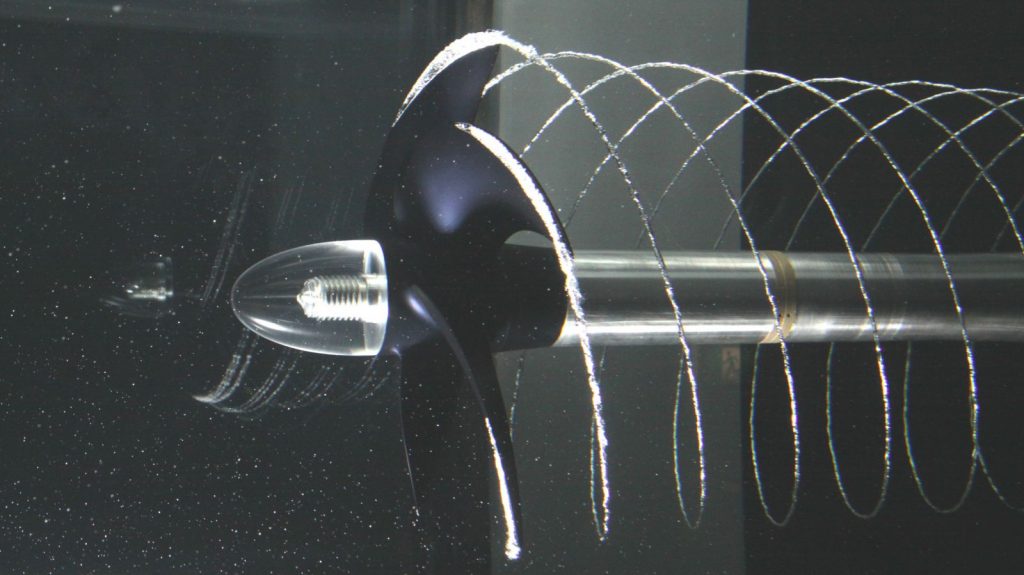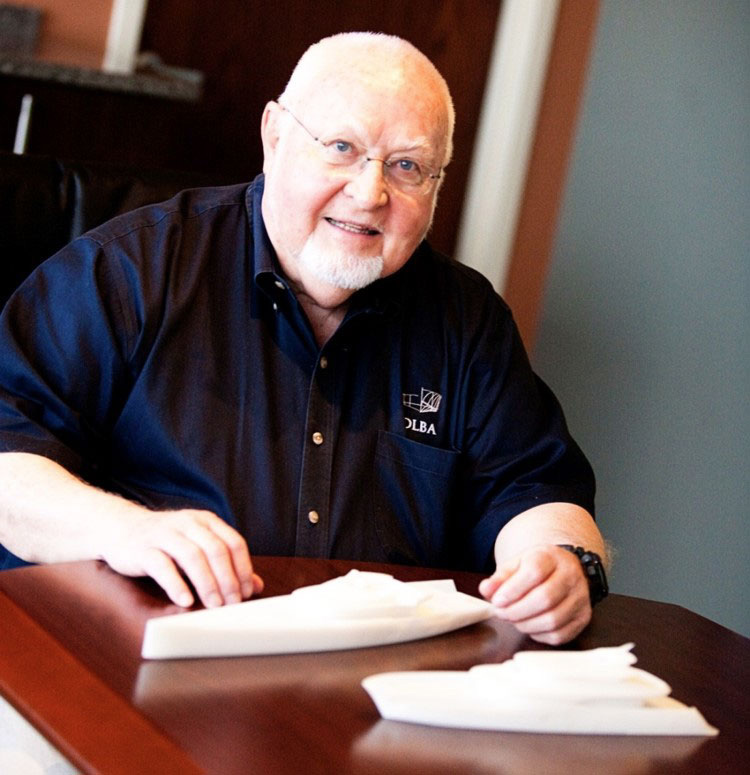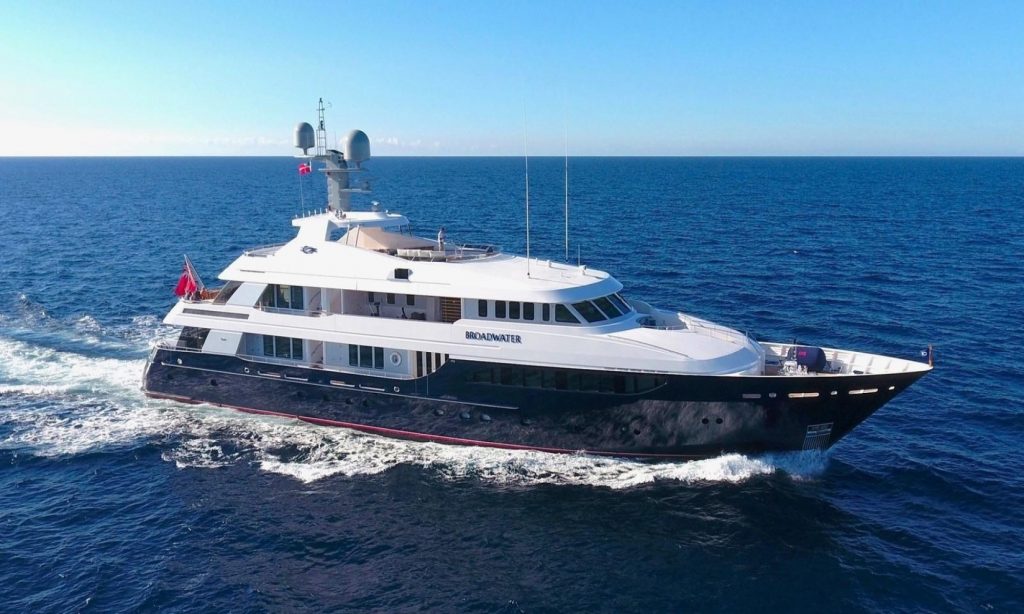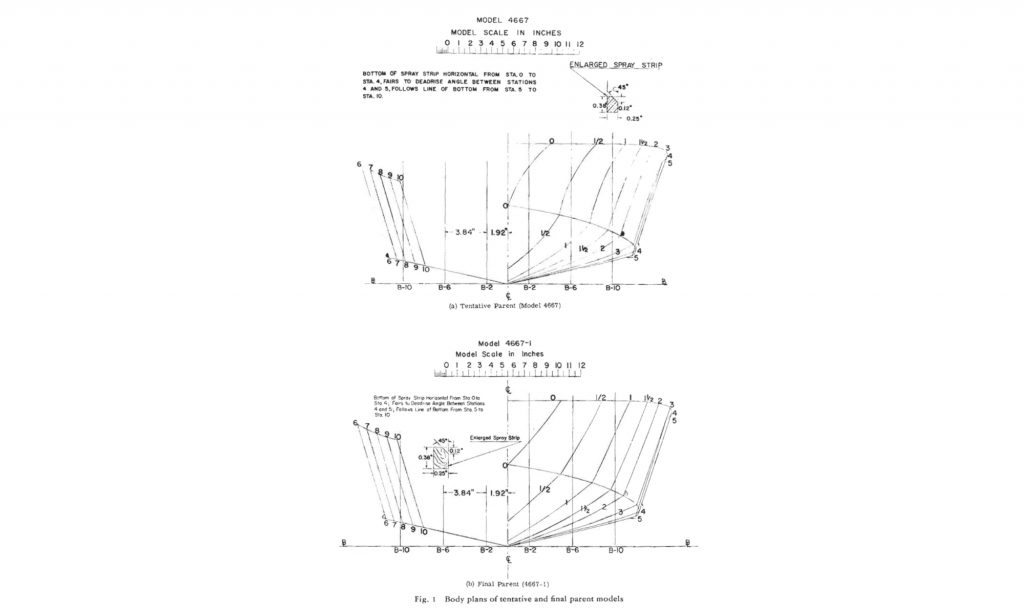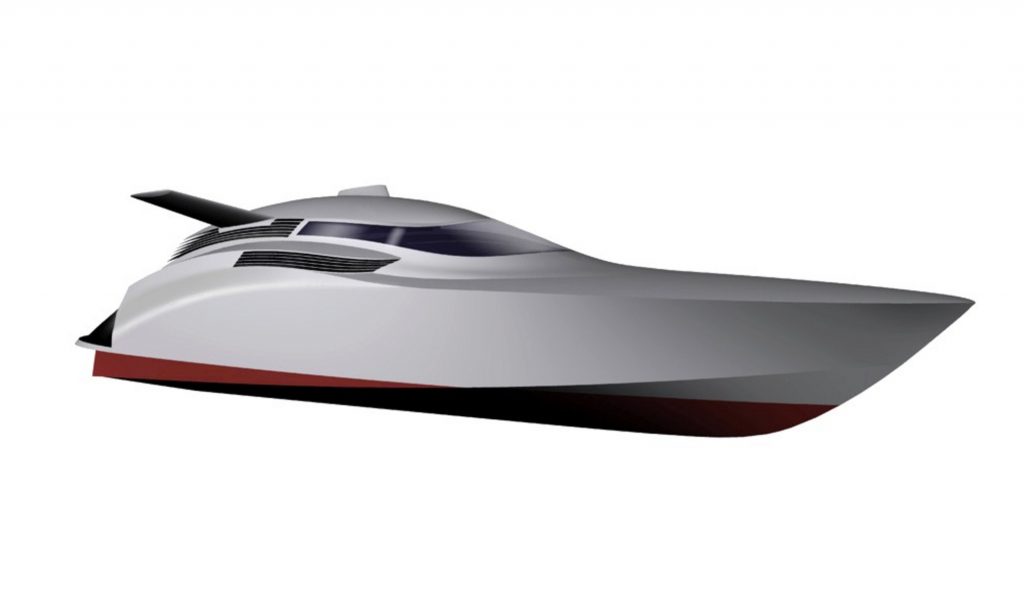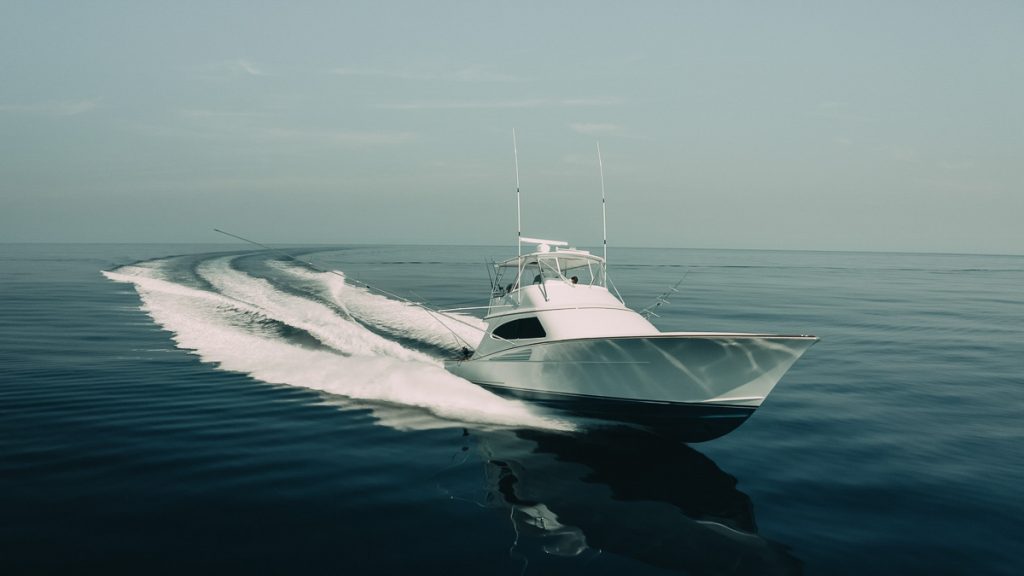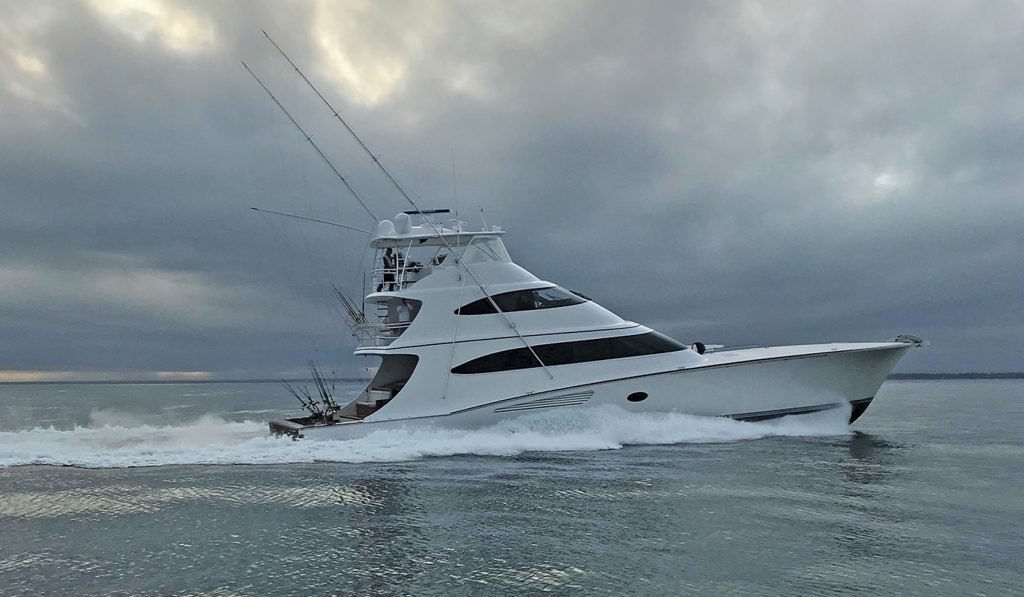In this paper, the feasibility of experimentally testing 3D printed propellers was investigated at Reynolds numbers where scale effects were significant. Hama strips were printed on the leading edge of a B-series model propeller’s blades and open water tests were performed with both unstimulatedand stimulated propellers for ℝe=105to5×105.
Read More
This paper considers the initial feasibility of an unmanned surface vessel (USV) using a Series Hybrid Diesel Electric propulsion system.
Read More
Cavitation adds a dimension to propeller operation that necessitates rational design practice to approach a good balance of craft requirements. This paper discusses propeller characteristic format to reduce the computation time to make performance predictions and propeller selection for partially and fully cavitating conditions.
Read More
Propellers recessed into tunnels are worthy of consideration as an alternative to propellers on inclined shafts or waterjet propulsors. The enhancements achieved by using a partial tunnel include reducing the shaft angle, decreasing navigational draft and allowing the propulsion machinery to move aft for an appropriate longitudinal center of gravity location and/or improved arrangements.
Read More
2018 was a big year for MY Picnic. World Superyacht Awards sent her off with the win in the “Refitted Yacht” category. The International Superyacht Society also took notice nominating her for “Best Refit.”
Read More
This paper presents the results of resistance tests of five planning boat models of different length-beam ratio. Each model was tested at a number of loads and LCG Locations.
Read More
This DLBA paper helps to apply the powerful tool of transport efficiency, expanding upon the information presented in the paper titled “Achievements with Advanced Craft”. Using this calculation technique, DLBA developed a tool that can quickly evaluate the performance of a specific boat, and accurately predict vessel performance based on minimal information.
Read More
High-speed craft have been known to lose stability while underway even though they possess adequate static stability. Dynamic instabilities have been reported in roll, pitch , and yaw, and include porpoising, chine walking, loss in running trim (diving), bow steering, progressive heeling to port or starboard, or a combination of motions.
Read More
Ride Control Systems (RCS) are routinely fitted to high-speed vessels. RCS offer improvements in performance and ride quality for such vessels.
Read More
Progress in the performance of advanced craft and the merits of various limit forms differ with respect to the technological maturity of each concept. Full-scale, calm water trial data of speed and power for known displacement transport efficiency is used to compare the optimum performance of several hull forms such as planning, round bilge, stepped, catamaran and SES.
Read More


